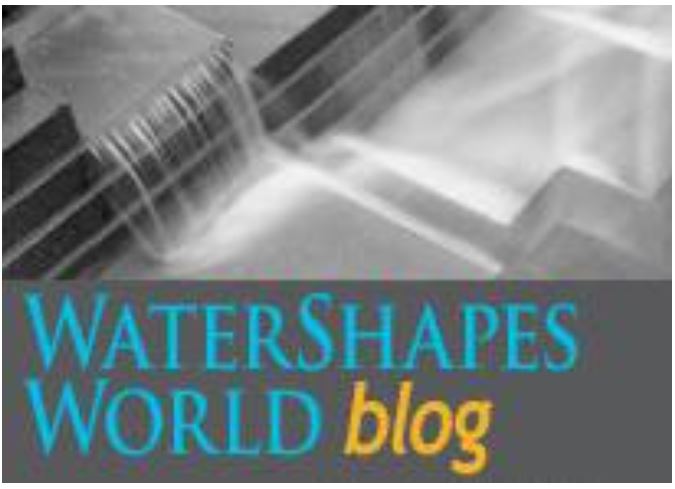Views on Views

Regardless of style, scale or budget, watershape design in one way or another is about forging connections with the surroundings, especially in the presence of natural beauty. Making those natural connections by way of orchestrating human experience is a philosophy that has driven some of history’s greatest designers and continues to resonate today.
By Eric Herman
You never know when and where you’ll run into true pearls of wisdom. One of the reasons I enjoy perusing the myriad industry-related social media pages is that every once in a while, someone shares something truly insightful, even at times profound.
Just this morning, I was checking out a post on the Ask the Masters’ Facebook page. Desinger/builder Richard Lascalles posted a couple images of a spectacular property in New Zealand overlooking the ocean. He asked for thoughts on what others might do with the setting in terms of watershape design.
That was when landscape architect and master watershape designer, Jason Brownlee, offered the following advice.
“The only thought to have in your mind when brainstorming this one is, with every option and decision, ‘Does this point me toward the natural beauty of the site, or does it distract me from it?’ There is literally nothing you can design/create/add/embellish that is better than the God-provided setting. So, your charge should be only to point and direct the view to the beauty beyond. Design questions should be, ‘How do I screen the view of the houses below on the left?’ and, ‘What can I do to make the fence disappear against the natural edge? and, ‘How can I visually connect my design space to the bay/mountains beyond so it feels like that are one and the same? Always remember, you are not designing a pool, you are creating a space, a scene, a setting from which your clients will experience an emotional connection. The answer is not lots of bells and whistles.”
When I see comments of that high caliber, it reinforces the idea that not all time spent on social media is wasted. More to the point, I was struck by how Brownlee’s brilliant advice echoes the design philosophies espoused by other accomplished artists. His remarks reminded me of an article we ran in WaterShapes Magazine back in 2002 by architect Helena Arahuete. A John Lautner protégé and renown designer in her own right, she described the concept of organic architecture, the design philosophy that propelled the works of Lautner and his mentor Frank Lloyd Wright.
She wrote: “Organic architecture is not an easy thing to summarize, because it means different things to different people. My own interpretation is that it is an expression of what happens in nature, where everything that’s living is designed for a purpose. Animals, for example, have skeletons, skin and coloration; that are beautiful and they make sense. The same is true of other natural forms, such as trees or even geological features such as rock outcroppings and rivers. They also have specific forms that serve a purpose.
“In our architecture, we strive for forms that similarly serve purposes, make sense and revel in the fact that ideas never get stale or become commonplace. Styles and trends will come and go, but philosophy endures. You can’t say you’ve ever seen a ‘Victorian’ mountain or a “Chippendale’ tree: Their designs and purposes are timeless and enduring in their beauty. They are beautiful because of the way they are.
“If you frame a view in a certain way, it becomes a work of art — but a work of art that is never the same and constantly changes with the light of day, the seasons, the clouds, the position of the sun and light filtering through trees or casting shadows over the ground and rocks. The key for the architect is to design the home or space from the inside out. And I believe that this approach will work as well for watershapers who take an interest in orchestrating views and lines of sight.”
When you look at design from that high perspective, it’s easy to see how there’s almost no limit to what can be achieved.









